
Research
Chronobiology is the study of the temporal organization of living beings, which manifests itself through biological rhythms, synchronized by terrestrial environmental cycles. The light / dark cycle of the Earth is the main synchronizer of rhythms with periods of 24 hours, for most species.
The Argentine headquarters of the Laboratório de Cronobiologia Binacional is located in the middle of the Monte Desert, in the natural habitat of the tuco-tucos. The subterranean environment they inhabit represents an extreme environment where there is no light and the temperature varies less than on the surface, being ideal to explore the persistence of biological rhythms and their synchronization by environmental cycles.
In LABORATORY, we have a controlled environment (illumination, temperature, food, etc..) that allows systematic studies of biological mechanisms. We conducted several experiments on daily and annual scales, to study rhythms in behavior (Yassumoto et al., 2019), energy expenditure (Tachinardi et al., 2015), food and body temperature (Tachinardi et al., 2014). In order to understand the mechanisms of synchronization to the 24-hour day-night cycle (Flôres et al., 2012; 2016) as well as the synchronization to the seasons through photoperiod measurement (Flôres and Oda, 2020; Improta 2020), we manipulate lighting conditions in its various parameters.

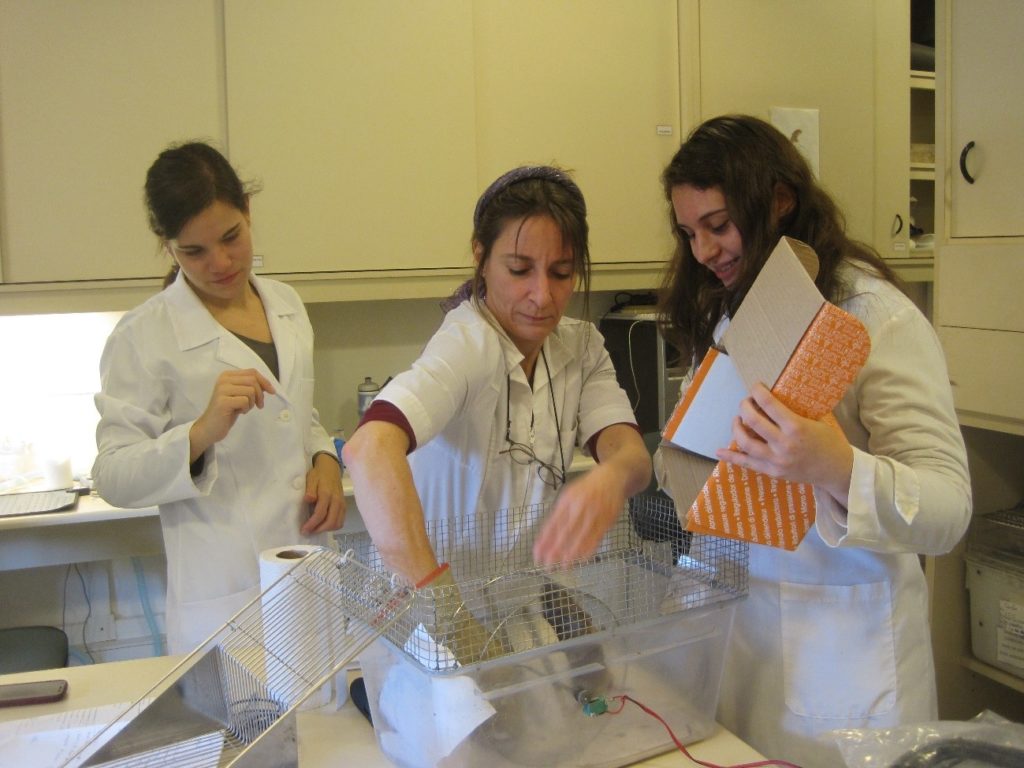
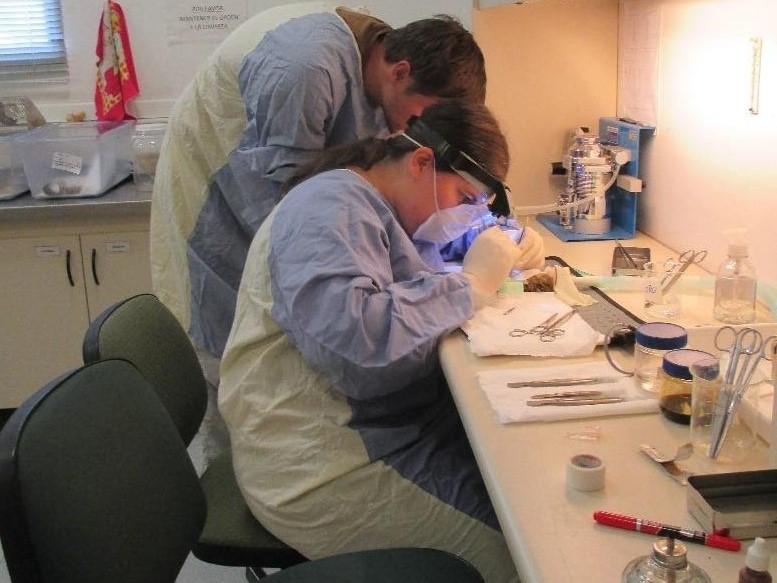
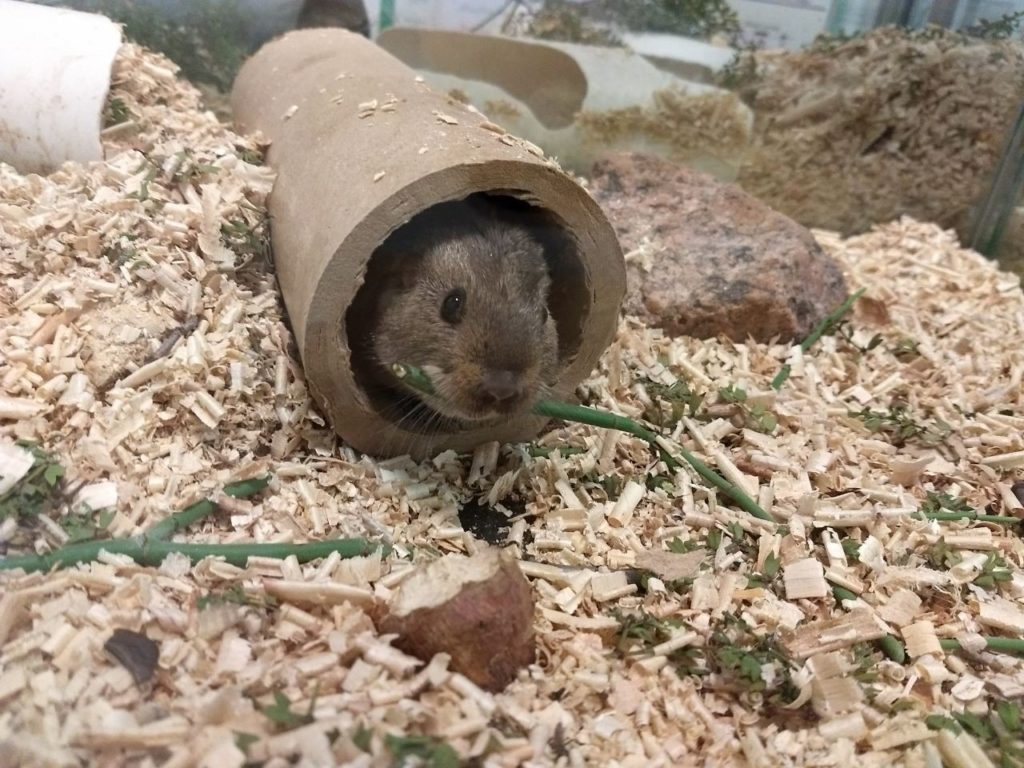
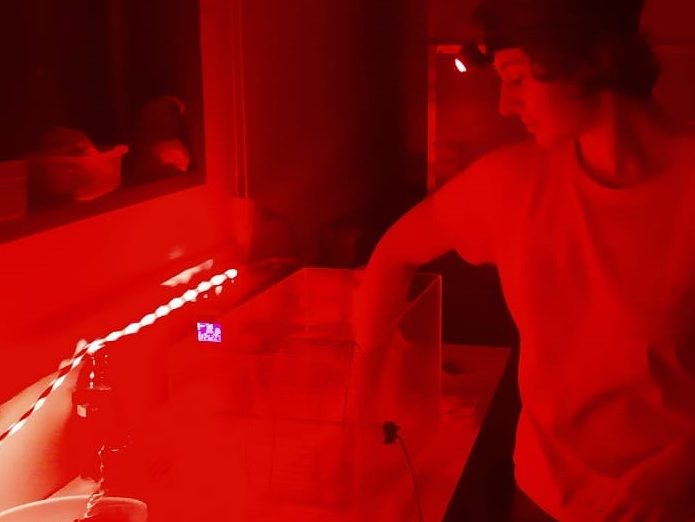
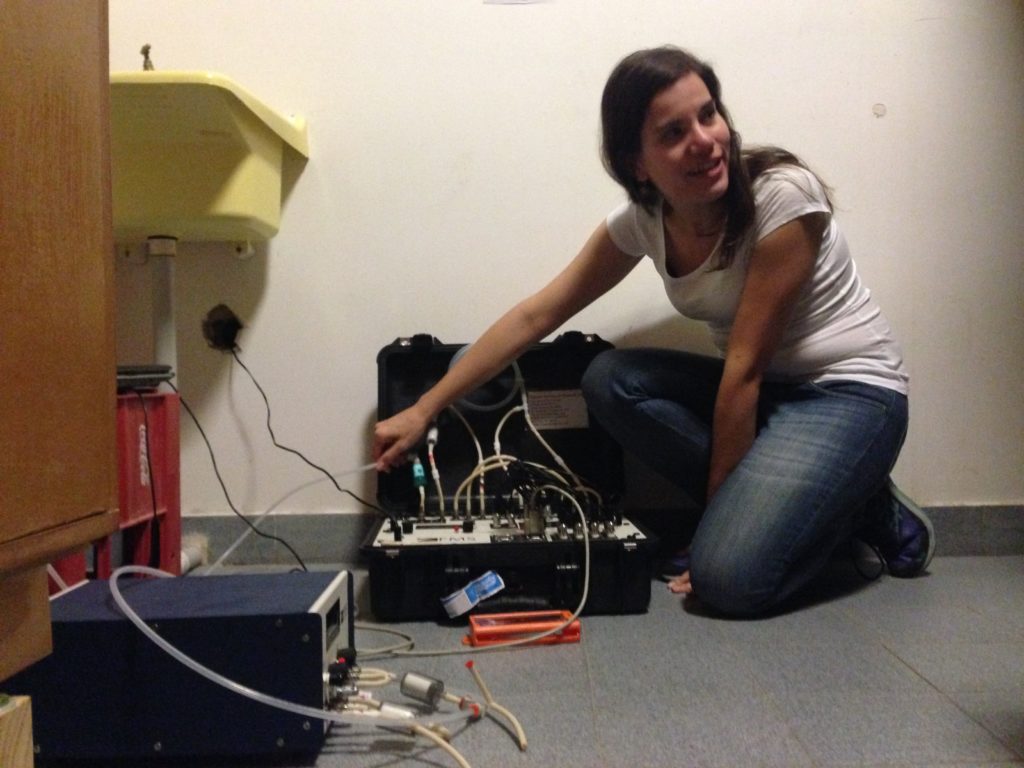
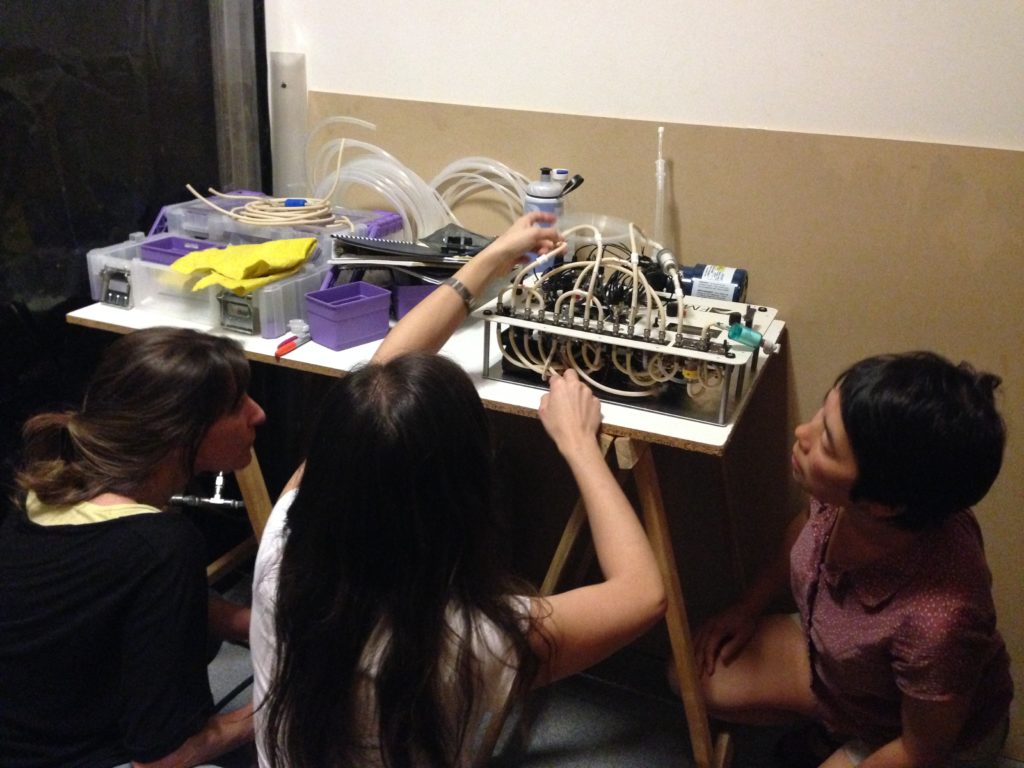
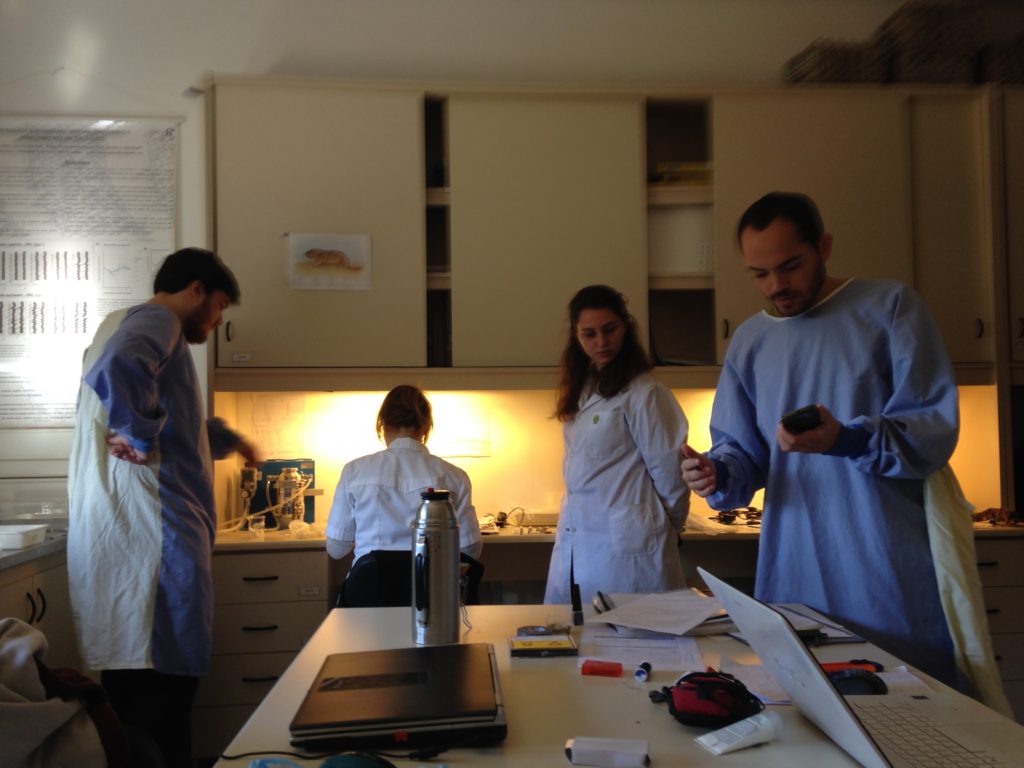
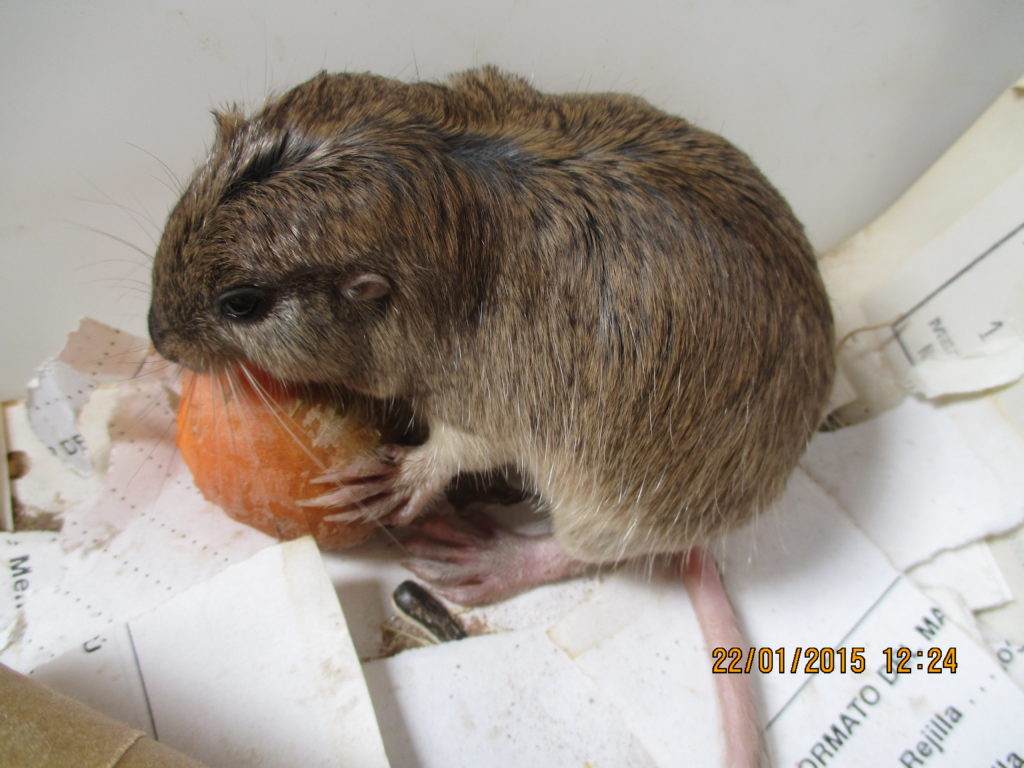
In SEMI-NATURAL ARENAS, tuco-tucos can express behaviors typical of their natural life such as digging, foraging and warning against predators (Tomotani et al., 2012; Flôres et al., 2016; Jannetti et al., 2019). We use three micro-sensors: a light sensor and an accelerometer connected to a collar, and an intra-abdominal sensor. In this way, we record the rhythms of emerge to the surface, underground activity and body temperature, respectively. These records have shown that tuco-tucos are diurnal in arenas, that is, unlike the laboratory, they are active mainly during the day (Jannetti et al., 2019). Environmental conditions are recorded continuously at stations close to the arenas, allowing establishment of their influence on the rhythmic expression of these subterranean rodents (Tachinardi et al., 2017).
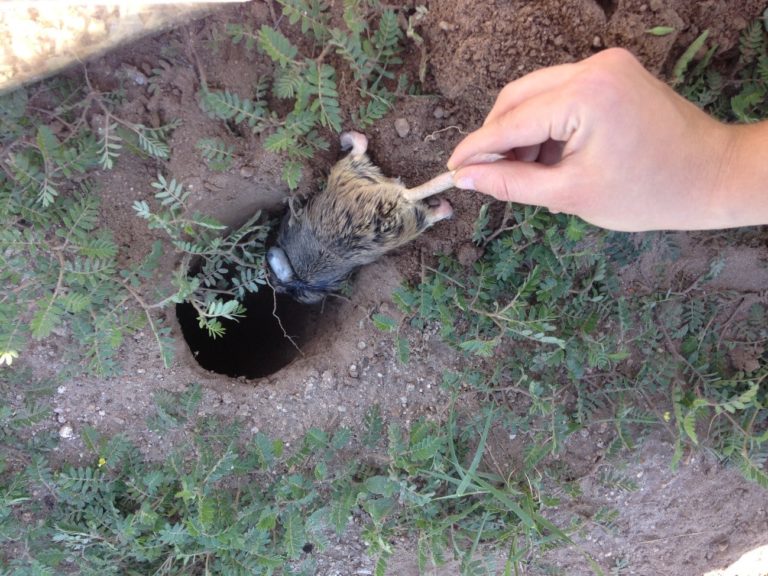
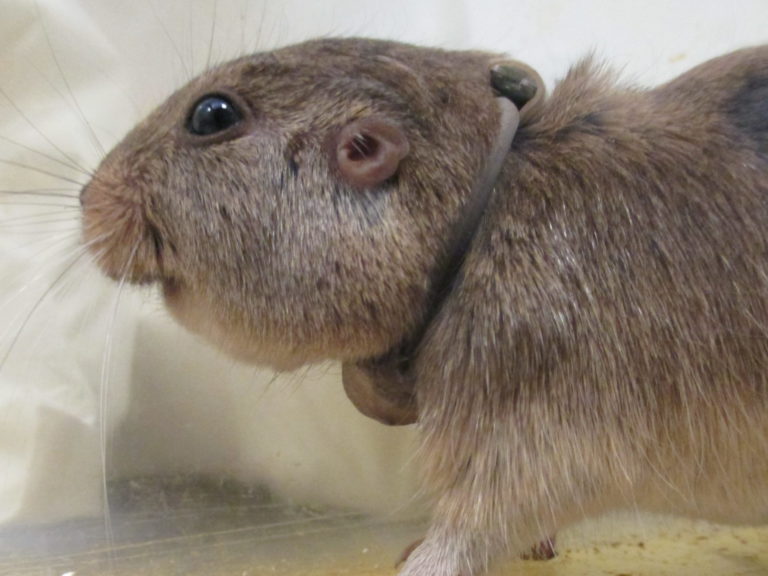

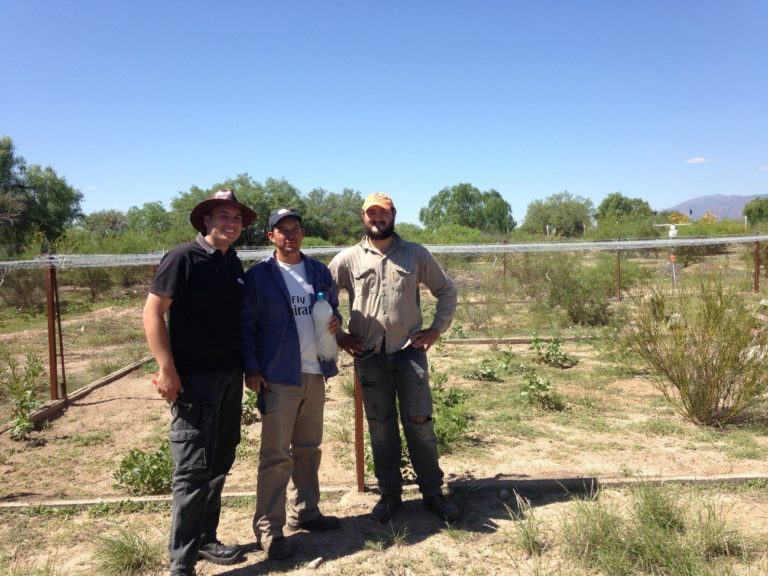
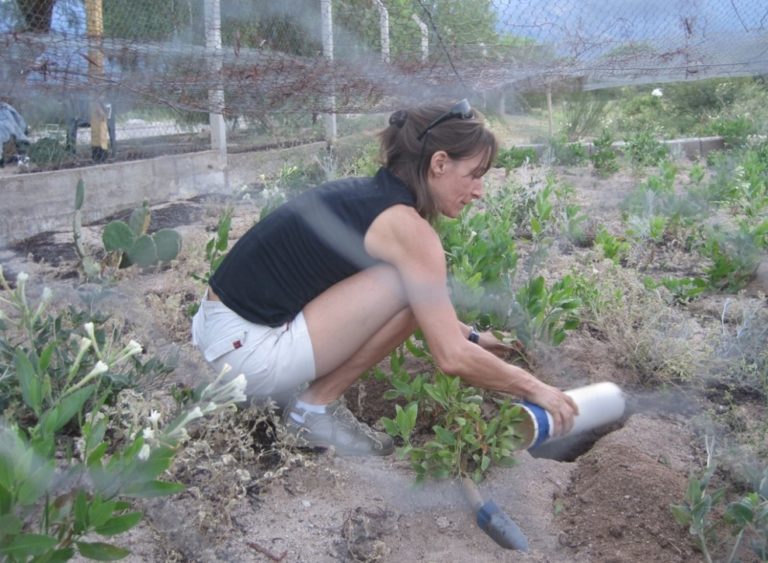
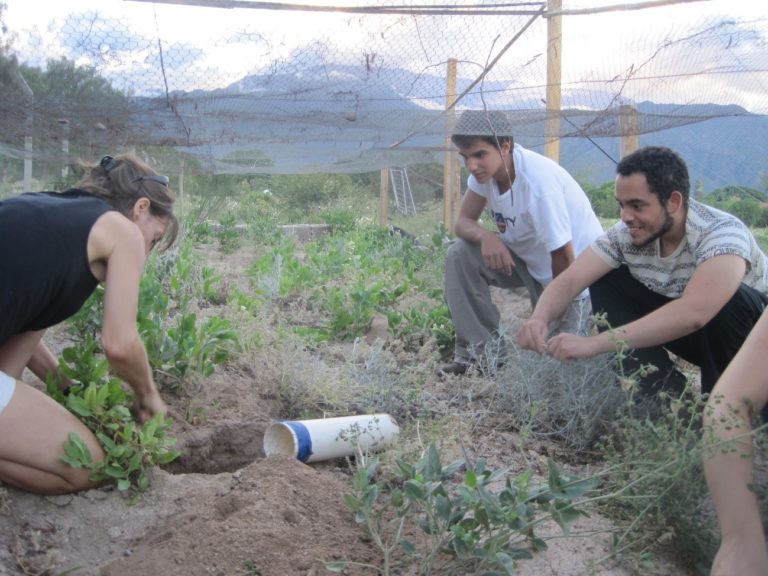
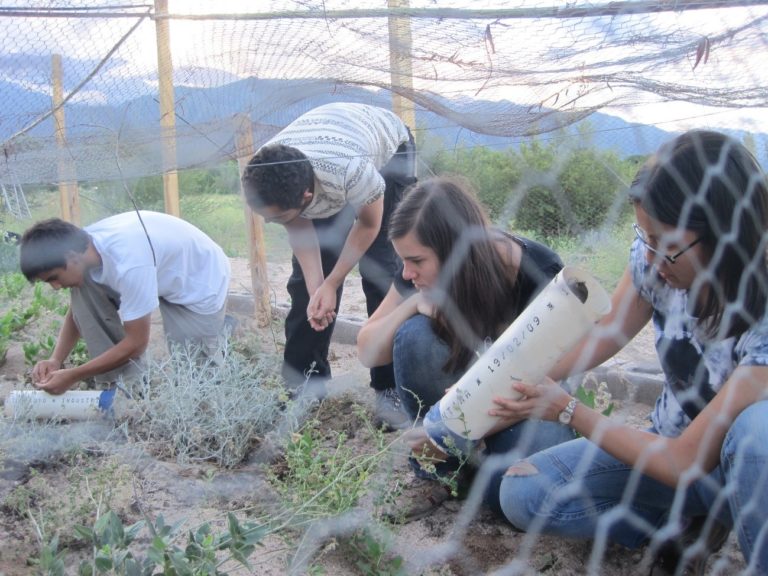
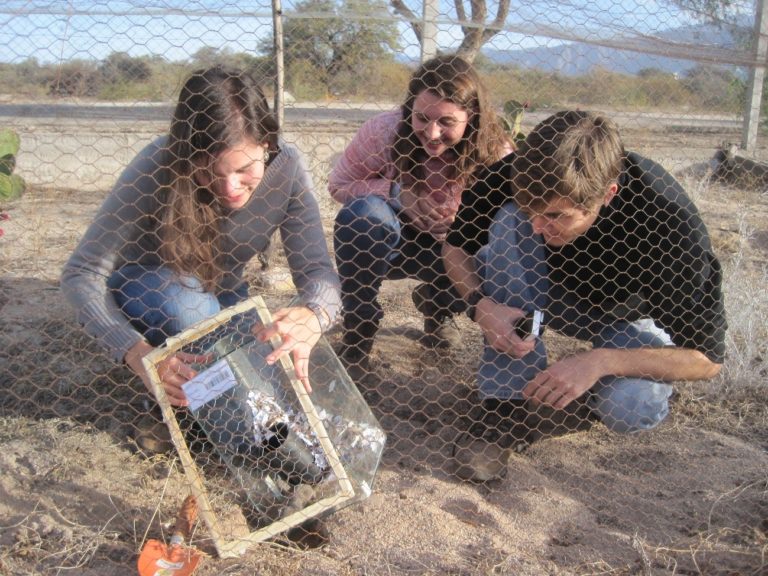
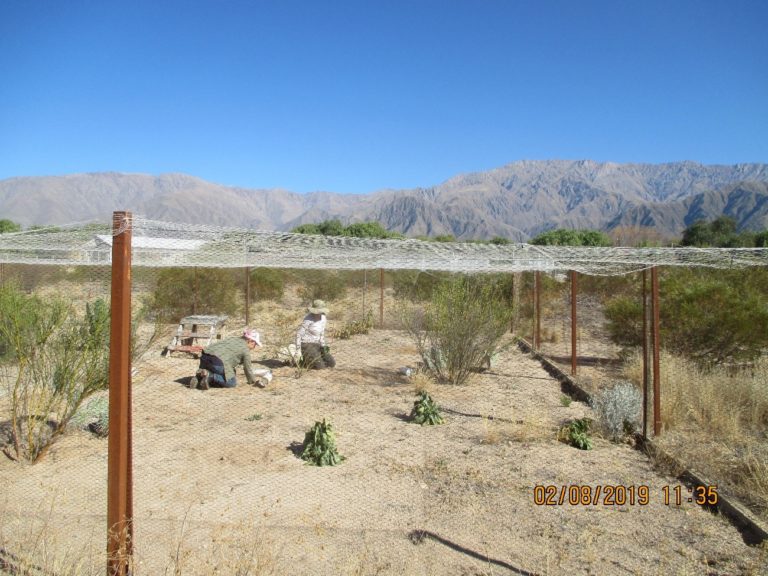
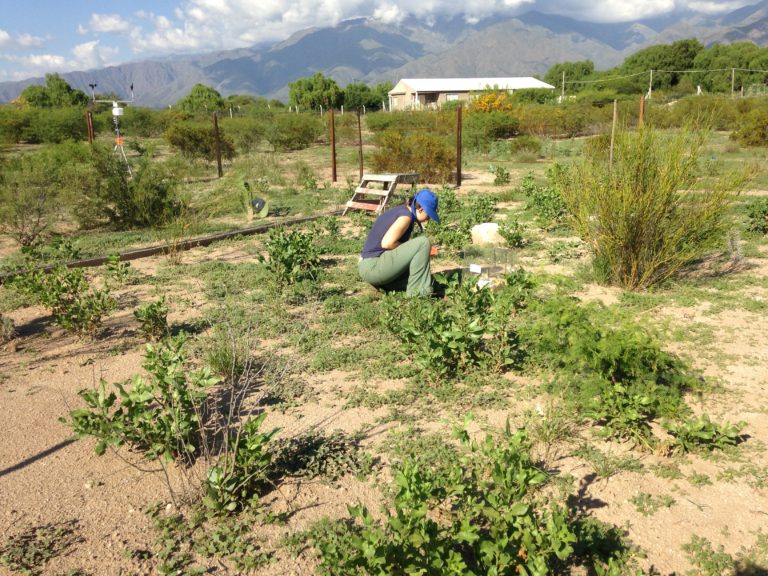
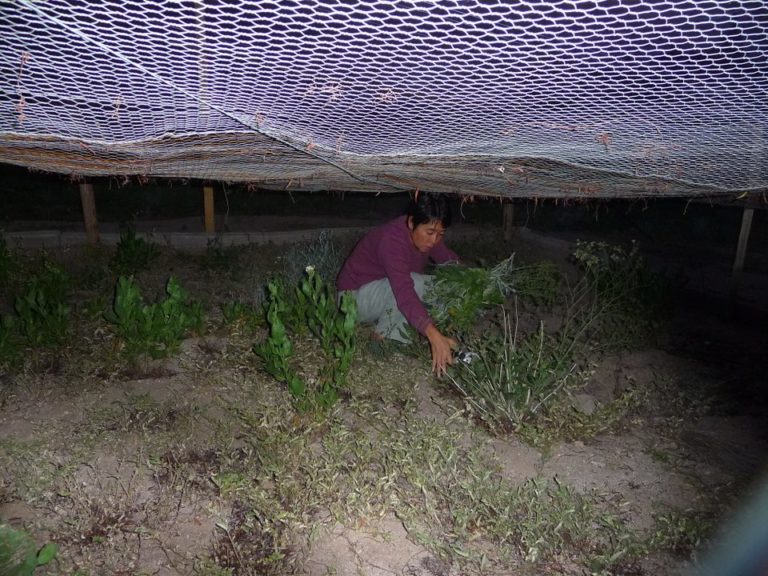
In FREE-LIFE we study the behavior of tuco-tuco in its natural environment with all its complexity, minimizing external interference. This has always been the group’s great goal, having overcome several technological challenges to reach this stage. The first records definitely confirmed that tuco-tucos are diurnal in nature. In addition to recording the rhythms already mentioned, we also measure seasonal rhythms of hormones in the feces that the animals produce as soon as they are captured, in partnership with the Hormonal Dosage Laboratory of the USP Faculty of Veterinary Medicine and Zootechnics. Morphometric measurements have allowed verification that the reproduction of the subterranean tuco-tucos is seasonal. Stress, energetic and reproductive status can change the patterns of daily rhythm and, with hormonal measures, we intend to check if these factors explain the changes we observe in the tuco-tucos.
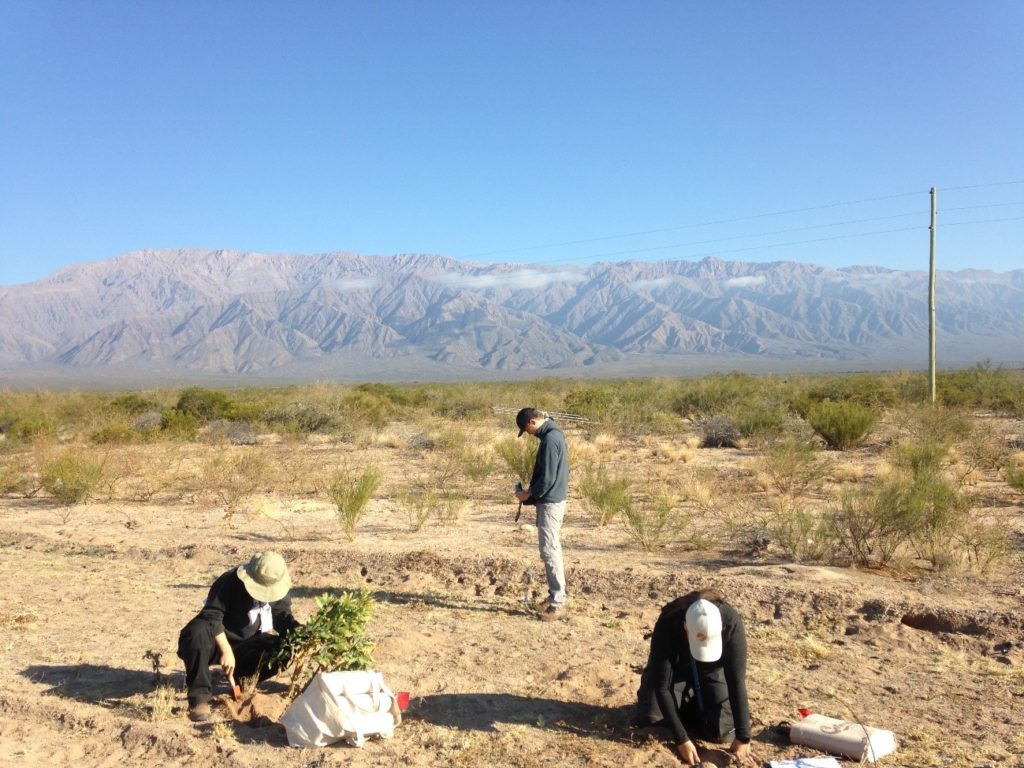

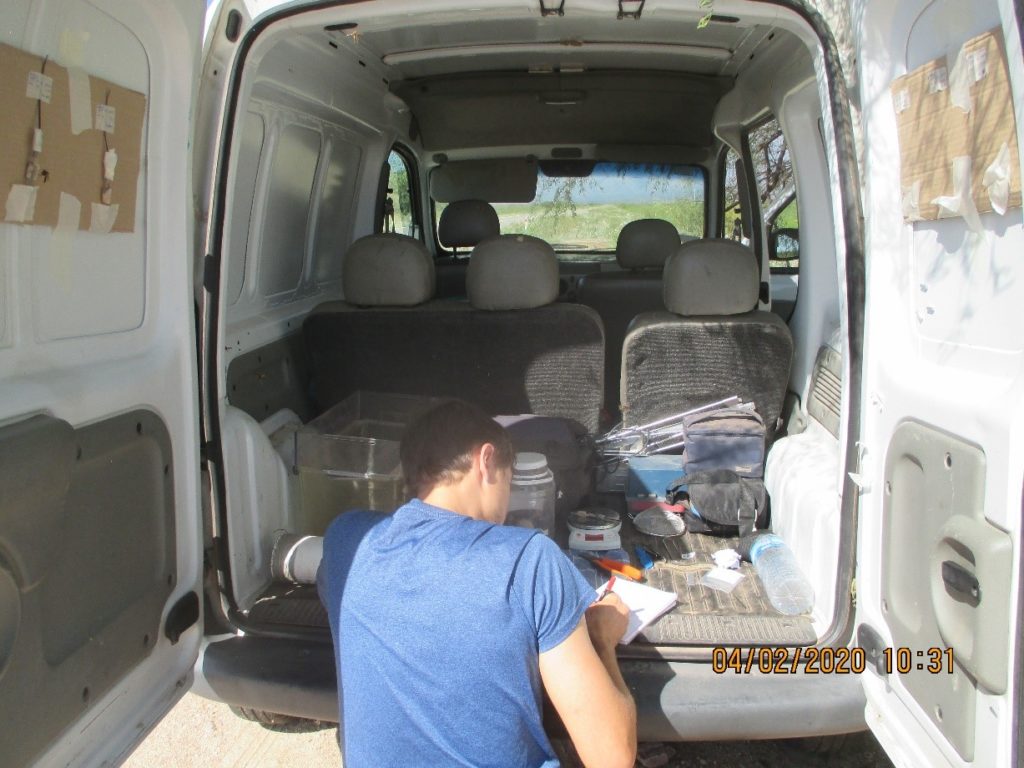

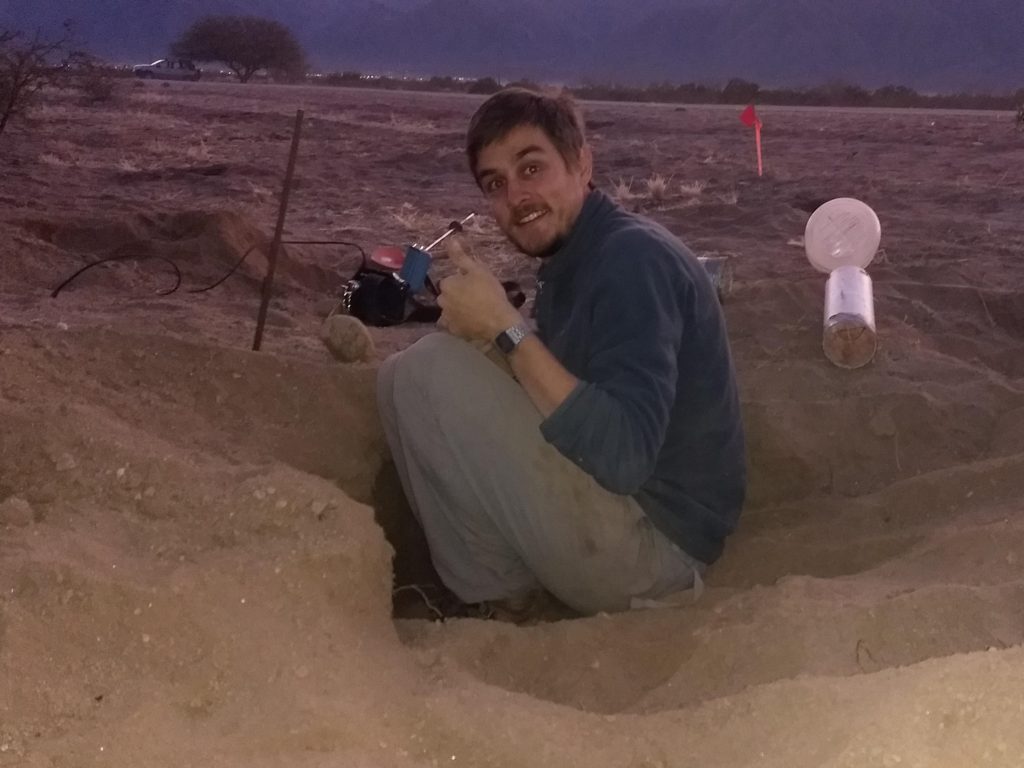
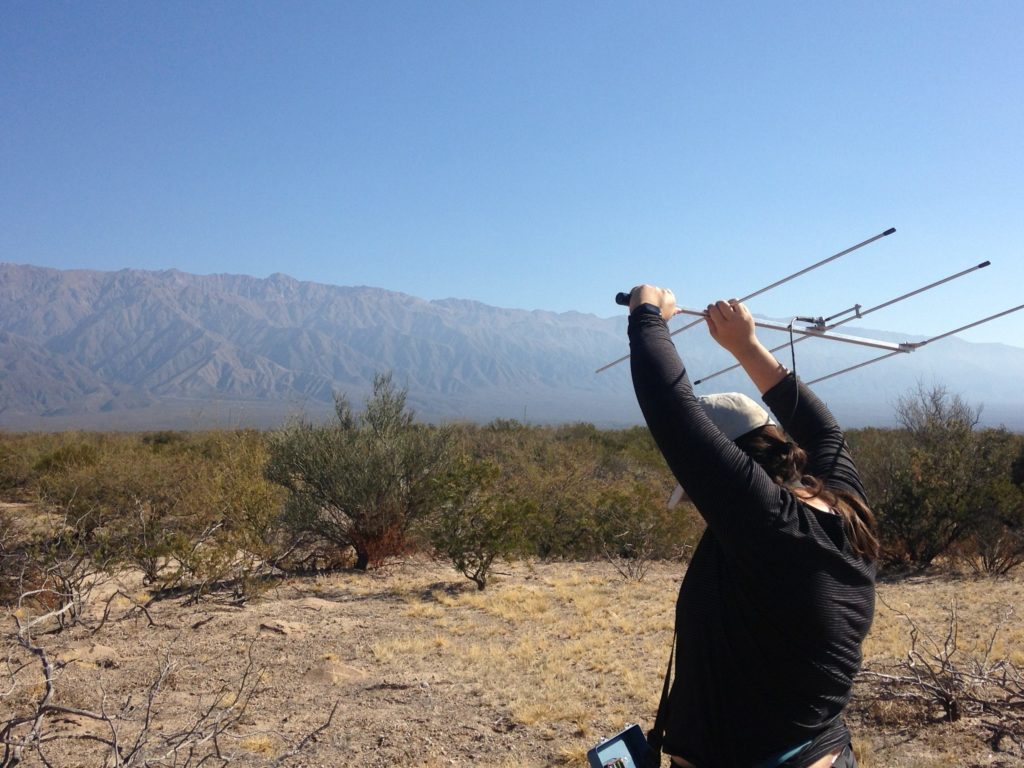
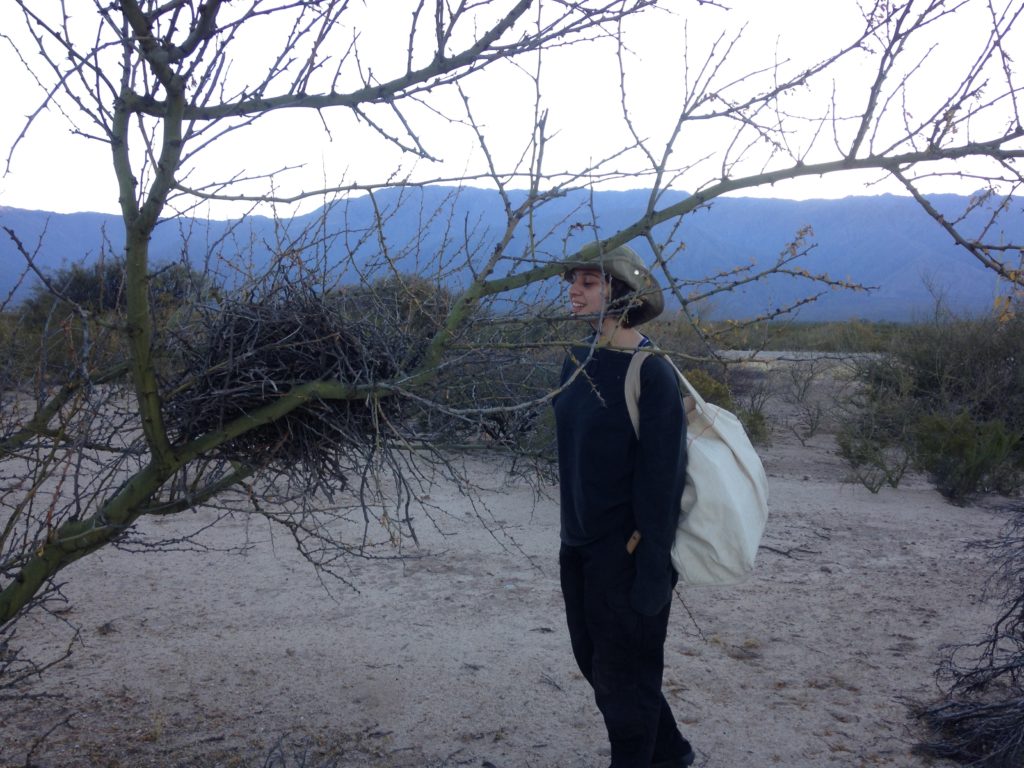
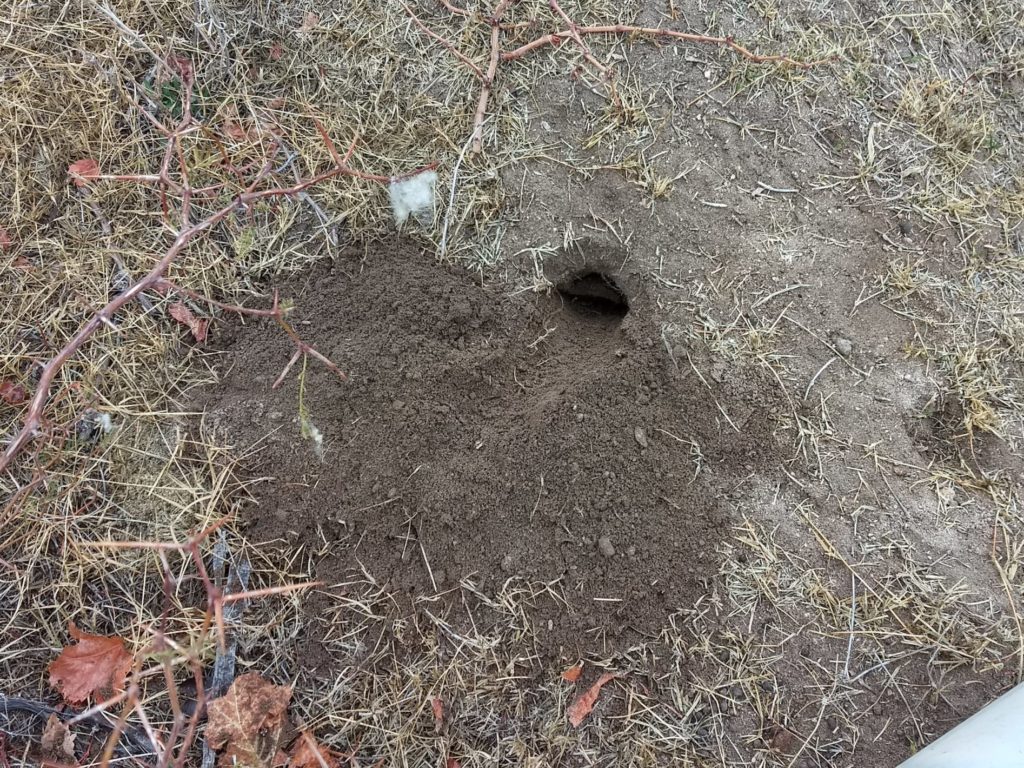
We use MATHEMATICAL MODELING to understand various phenomena associated with the synchronization the tuco-tucos’s circadian clock and photoperiodism under natural conditions.
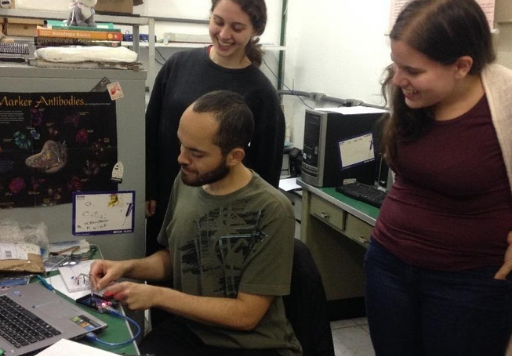
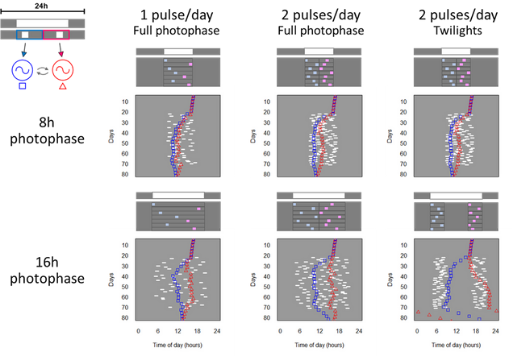
There are several questions that we have investigated and we are following our work, comparing rhythm parameters in the laboratory, arena and in free life, relating them to the results of the modeling and thus forming an integrated set of records and experiments. Finally, we believe that our international collaboration between Argentina and Brazil is a very successful and rich example of how collaborations between countries in South America can join forces in the construction of original lines of research.
Brasil: